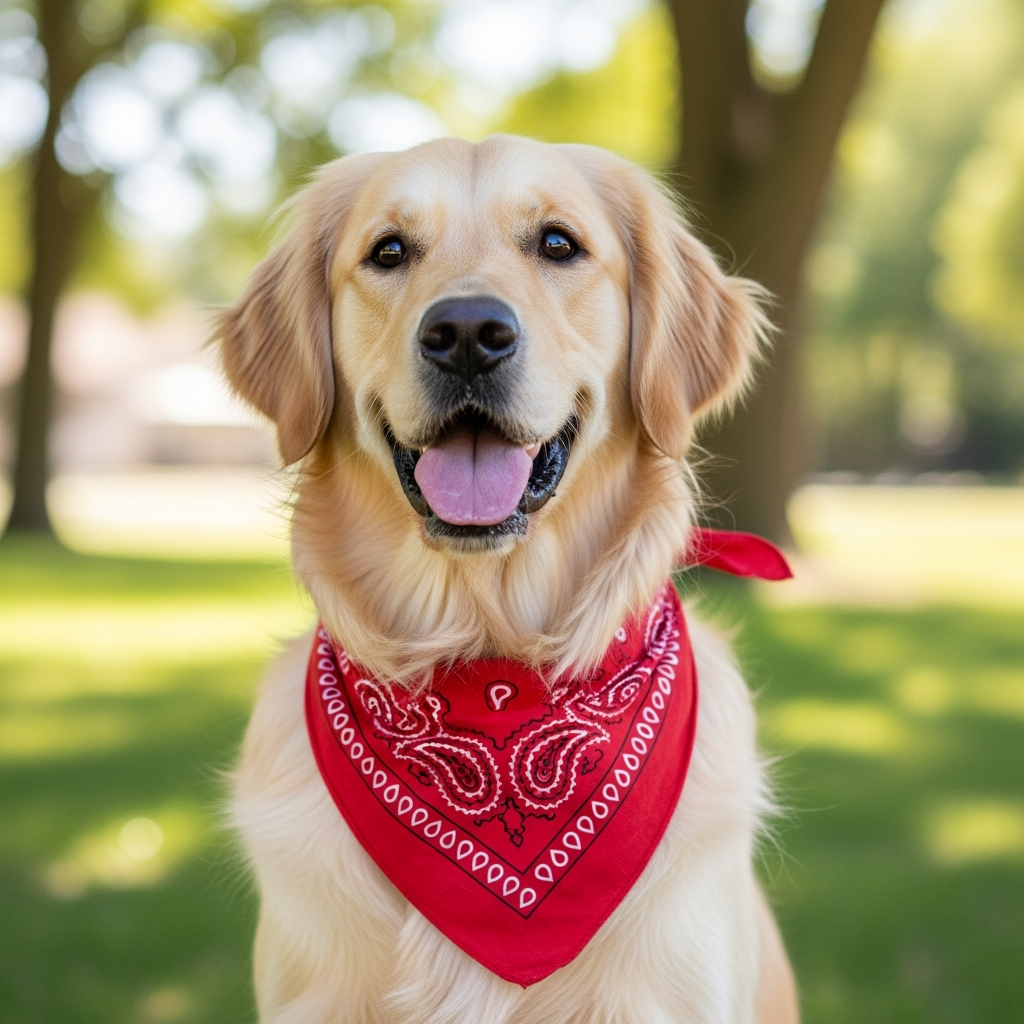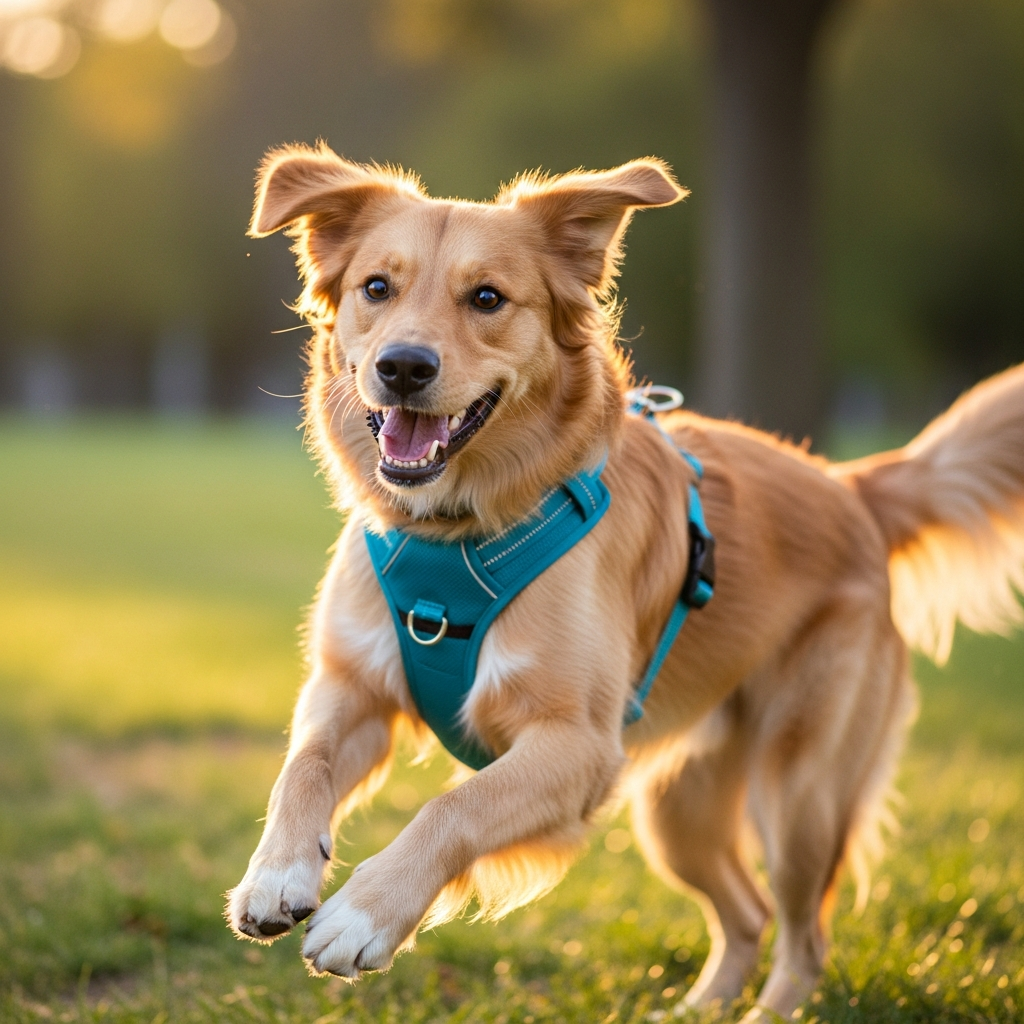Struggling to find the perfect harness for your dog? With so many options, making the right choice can feel overwhelming. I will help you find the best one for your furry friend.
Yes, there are many great harnesses, and the best one depends on your dog's size, breed, and habits. Popular options include front-range for all-purpose use, soft harnesses for small dogs, and no-pull styles for strong pullers. A proper, comfortable fit is the most important factor.

Choosing the right dog harness can completely change your walks, making them safer and more comfortable for your dog. But with all the different types, the real questions are why you should even use one, and how to pick the perfect model from the crowd. Let's dive in and break it all down.
Are dog harnesses recommended?
Worried about your dog's neck when they pull on a collar? This continuous strain can be harmful. A dog harness solves this by distributing pressure safely across their body for a more comfortable walk.
Yes, most veterinarians and professional trainers strongly recommend pet harnesses over collars for walks. They prevent injuries to the neck and throat, give you better control, and greatly reduce the risk of your dog escaping. Harnesses are a key tool for safe and humane handling.
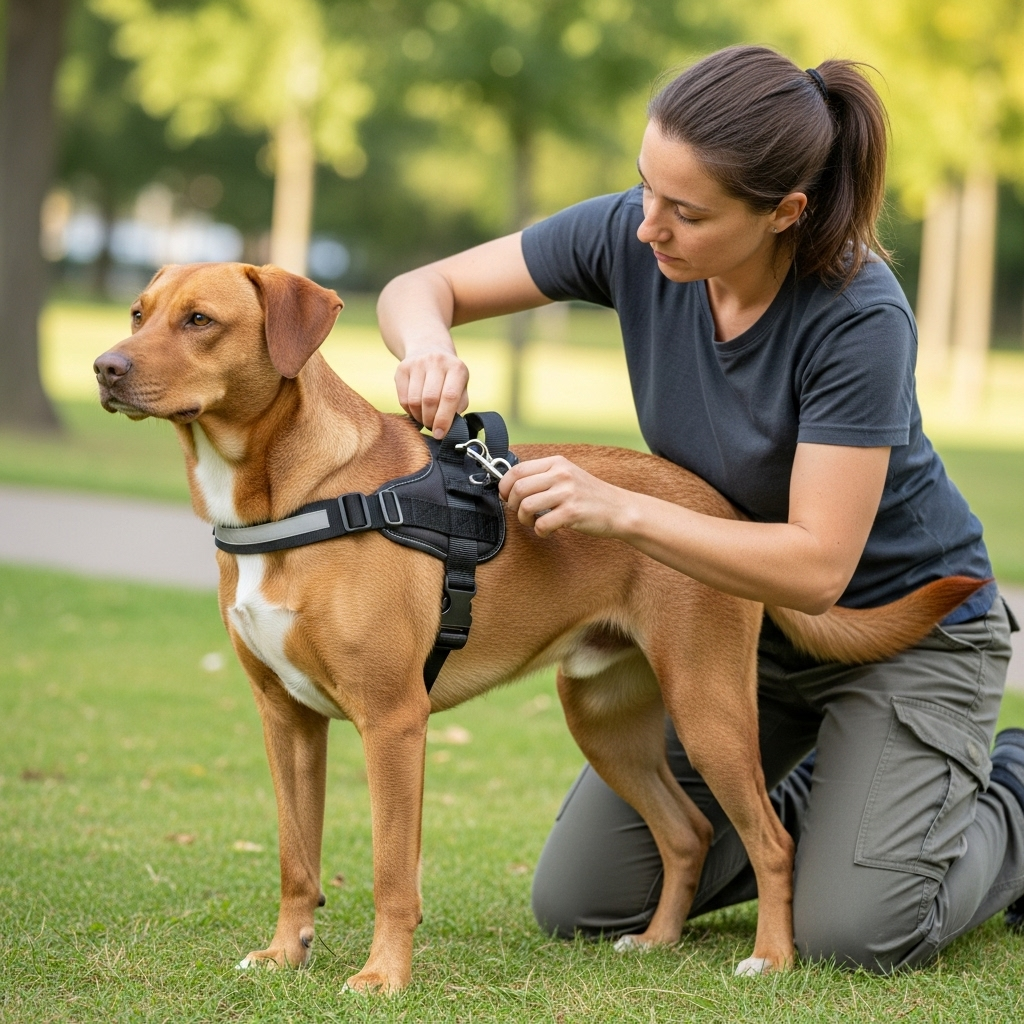
As a product designer in the pet industry, I've seen firsthand why dog harnesses are a superior choice for walking your dog. It boils down to safety, control, and security.
Why dog Harnesses are Safer than dog Collars
The single biggest advantage is how a dog harness spreads out the pulling force. A collar concentrates all that pressure right on your dog's neck. This is where the trachea, or windpipe, is. For many dogs, especially smaller breeds, constant pulling on a collar can lead to tracheal collapse, which is a serious and painful condition. I always design harnesses to move that pressure point to the strongest parts of a dog's body, like the chest and shoulders. This protects their delicate throat and neck from injury.
Better Control and Training
A harness gives you control over your dog's entire upper body, not just their head. This makes it a much more effective communication tool for training. When you need to guide your dog, pressure is applied gently and evenly. For dogs that pull, a front-clip harness is a game-changer. It works by redirecting their forward momentum, turning them back towards you instead of letting them drag you forward. This discourages pulling without causing any pain.
The Security Advantage
I've heard too many scary stories about dogs slipping out of their collars. A well-fitted dog harness is much, much harder for a dog to escape from. One of my main goals as a designer is creating a secure fit that prevents a dog from "backing out" of the harness. This is absolutely critical for safety, especially if you walk near busy streets or in unfamiliar areas. It offers a level of peace of mind that a simple collar just can't match.
How do I choose the right dog harness?
Feeling overwhelmed by all the dog harness options out there? Choosing the wrong one can lead to chafing, escapes, or a dog that just keeps on pulling. Let's go over the key things to look for.
To choose the right dog harness, start by measuring your dog’s chest girth for the correct size. Then, consider their activity level and behaviors, like pulling. Match these needs to a specific type, such as a front-clip, back-clip, or dual-clip harness. Always prioritize an adjustable, comfortable fit.
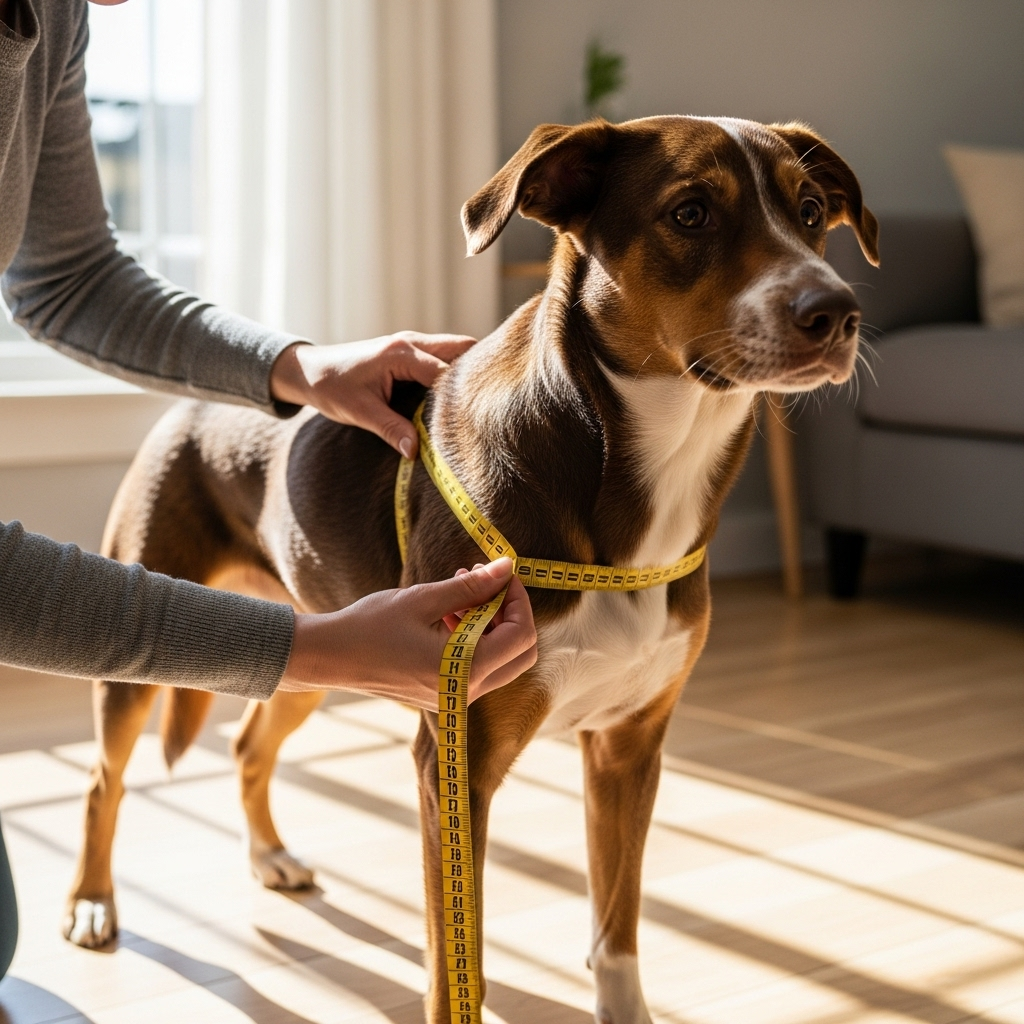
Finding the perfect dog harness is about matching the product to your specific dog. It's not a one-size-fits-all situation. The process is simple if you break it down into two main steps: understanding your dog's needs and then ensuring a perfect fit.
Matching the dog Harness to Your Dog's Needs
First, think about how your dog behaves on a walk and what you do together. This will point you to the right style of dog harness. I often use a simple chart to help clients figure this out.
| Dog's Behavior/Need | Recommended Harness Type | Why It Works |
|---|---|---|
| Strong Puller | Front-Clip / No-Pull | Redirects forward motion, gently discouraging the pulling habit. |
| Calm Walker / Small Dog | Back-Clip / Vest Harness | Very comfortable, easy to put on, and keeps the leash out of the way. |
| Adventure Dog (Hiking) | Y-Shape / Front Range Harness | Allows full shoulder movement, uses durable materials, and often has a handle. |
| Night Walker | Reflective / LED Harness | Boosts your dog's visibility to keep them safe in low-light conditions. |
Getting the Fit Just Right
Once you've picked a style, the fit is everything. A poorly fitted dog harness is not only uncomfortable, but it can also be unsafe. I always tell my clients to use the "two-finger rule." You should be able to slide two fingers snugly between the harness straps and your dog's body. The harness should be secure, but not tight. Look for models with multiple adjustment points—usually around the neck and chest. This allows you to create a custom fit that prevents chafing and won't restrict your dog's natural movement.
What dog harness does Peta recommend?
Want to make a choice that animal advocates fully support? Many common training tools are actually considered inhumane. PETA guides owners toward options that put a dog's well-being and safety first.
PETA (People for the Ethical Treatment of Animals) strongly recommends harnesses as a humane alternative to collars. They specifically advise against any collars that work by causing pain, like choke, prong, and shock collars. Their focus is on positive reinforcement tools that ensure comfort and prevent injury.
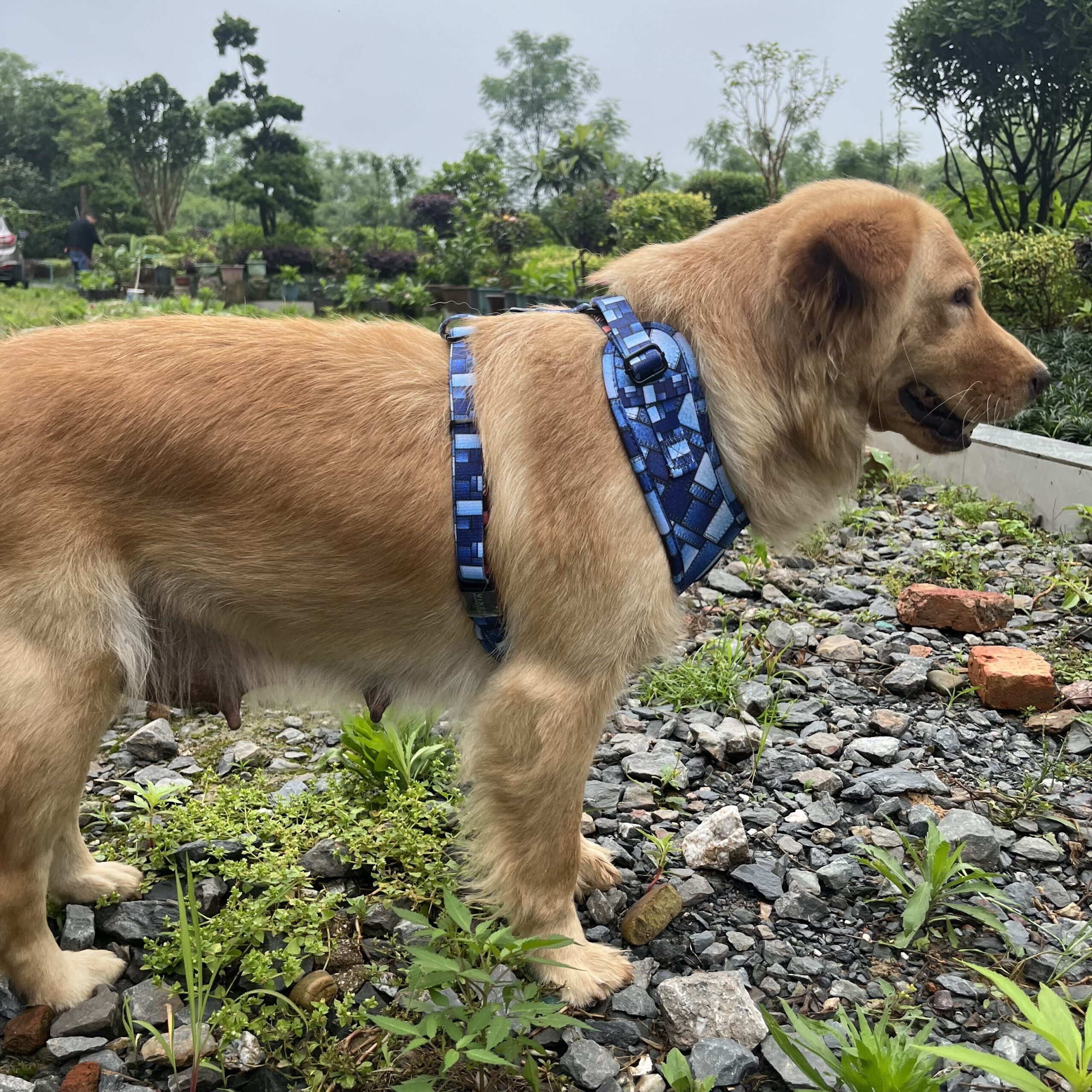
As someone who designs pet products for a living, my philosophy aligns completely with PETA's recommendations. The goal should always be to build a positive and trusting relationship between a person and their dog. The gear we use plays a huge role in that.
The Humane Standpoint
PETA's opposition to tools like choke and prong collars is based on how they work. These devices function by causing pain or discomfort to correct behavior. This can create fear, anxiety, and sometimes even lead to aggression in dogs. It turns a walk into a stressful event. A dog harness, on the other hand, is designed for communication and safety, not punishment. It allows you to guide your dog without causing them harm, which is the foundation of modern, positive-reinforcement-based training methods.
What to Look for in a PETA-Approved Style
PETA doesn't endorse specific brands, but they champion the type of product that is humane. Based on their guidelines, a PETA-friendly harness would have these features:
- Comfortable: It should be made with soft materials, perhaps with padding in key areas, and have no rough seams that could rub and chafe the skin.
- Non-Restrictive: The design must allow for a dog's natural range of motion. Y-shaped harnesses are excellent for this because they don't impede shoulder movement.
- Effective Without Pain: This is where front-clip, no-pull harness designs are so valuable. They work by using gentle redirection, not by causing a painful sensation when the dog pulls.
Is it good for a dog to wear a harness all the time?
Thinking about leaving your dog's harness on all day just for convenience? It might seem easy, but it can actually cause skin problems and discomfort. Let's discuss when a dog harness should be on or off.
No, a dog should not wear a harness all the time. While they are great for walks and activities, constant wear can cause skin irritation, matted fur, and general discomfort. It is best to remove the harness when your dog is inside relaxing so their skin and coat can breathe.
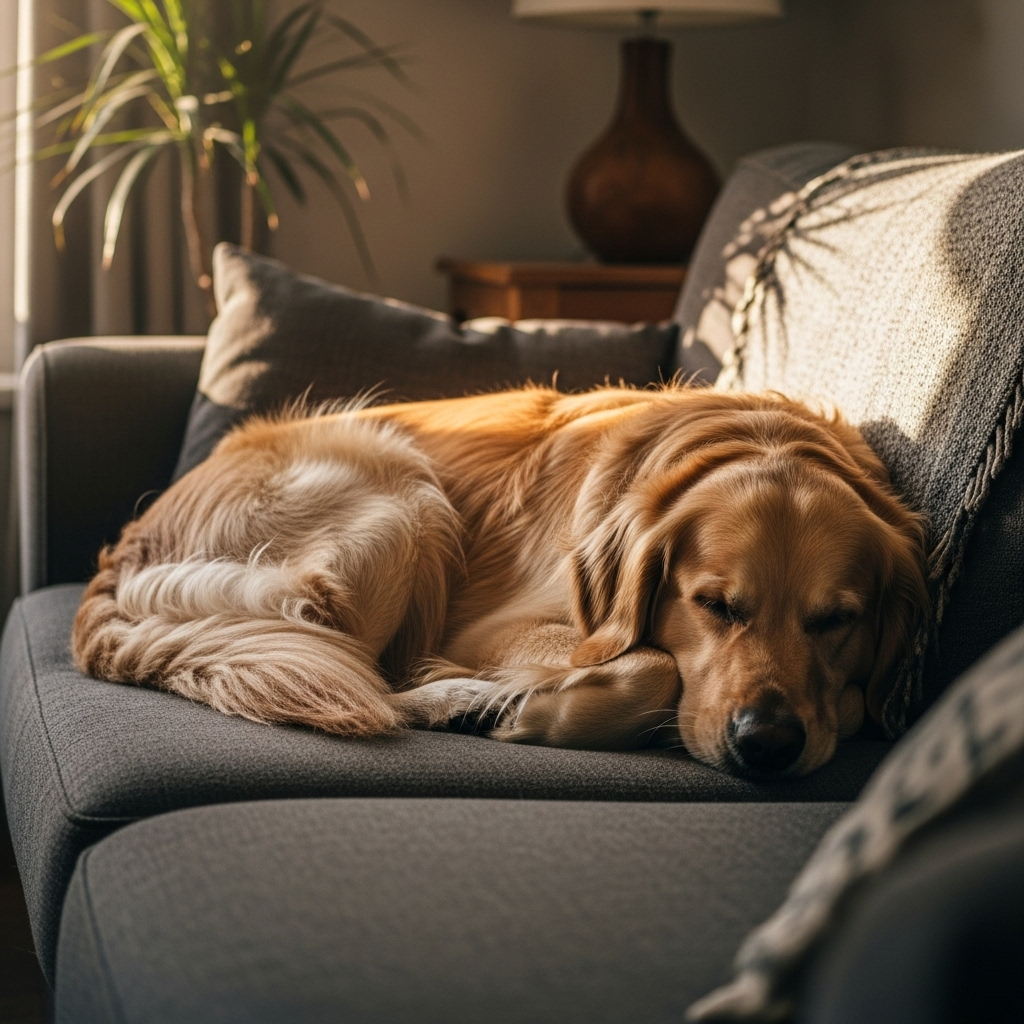
Think of a harness like your own athletic gear. You wear your running shoes for a run, but you take them off when you get home. A dog's harness should be treated the same way. It's a piece of functional equipment for a specific activity.
Risks of 24/7 dog Harness Wear
Leaving a dog harness on all day can lead to several problems. The most common is chafing, where the straps constantly rub against the skin, especially behind the front legs. This can cause raw, painful sores. Trapped moisture under the harness can also lead to skin infections or hot spots. For dogs with longer fur, it's even worse. The straps can cause deep, painful mats to form, which are very difficult to remove. There's also a safety issue. An unsupervised dog can get their harness snagged on furniture or their crate, which poses a serious risk.
The Story of Frank and Lucky
I remember a customer of mine, Frank, who was dealing with a unique challenge. His dog, Lucky, had a bad habit of eating things off the ground during their night walks. In the dark, Frank could never see what Lucky was grabbing. He needed a solution, but knew leaving a harness on 24/7 wasn't the answer. We worked together to introduce him to a smart illuminated harness. This specialized harness was the perfect tool for the job: keeping Lucky visible and safe at night. It reinforced the idea that a harness is functional gear, not everyday clothing. You put it on for the activity, and you take it off when you're done.
Conclusion
Harnesses are a fantastic tool for most dogs. Choosing the right type for your dog and ensuring a proper fit will make your walks safer, more comfortable, and much more enjoyable.
Cindy Long is the Sales Manager of Raysunpets and a pet lover with over 12 years of experience in exporting pet products. She specializes in providing customized dog chest carriers, leashes and pet accessory solutions for the European and American markets, always focusing on the real needs of customers and pets, and is committed to creating high-quality, practical and comfortable products that allow fur kids to live happier lives.

